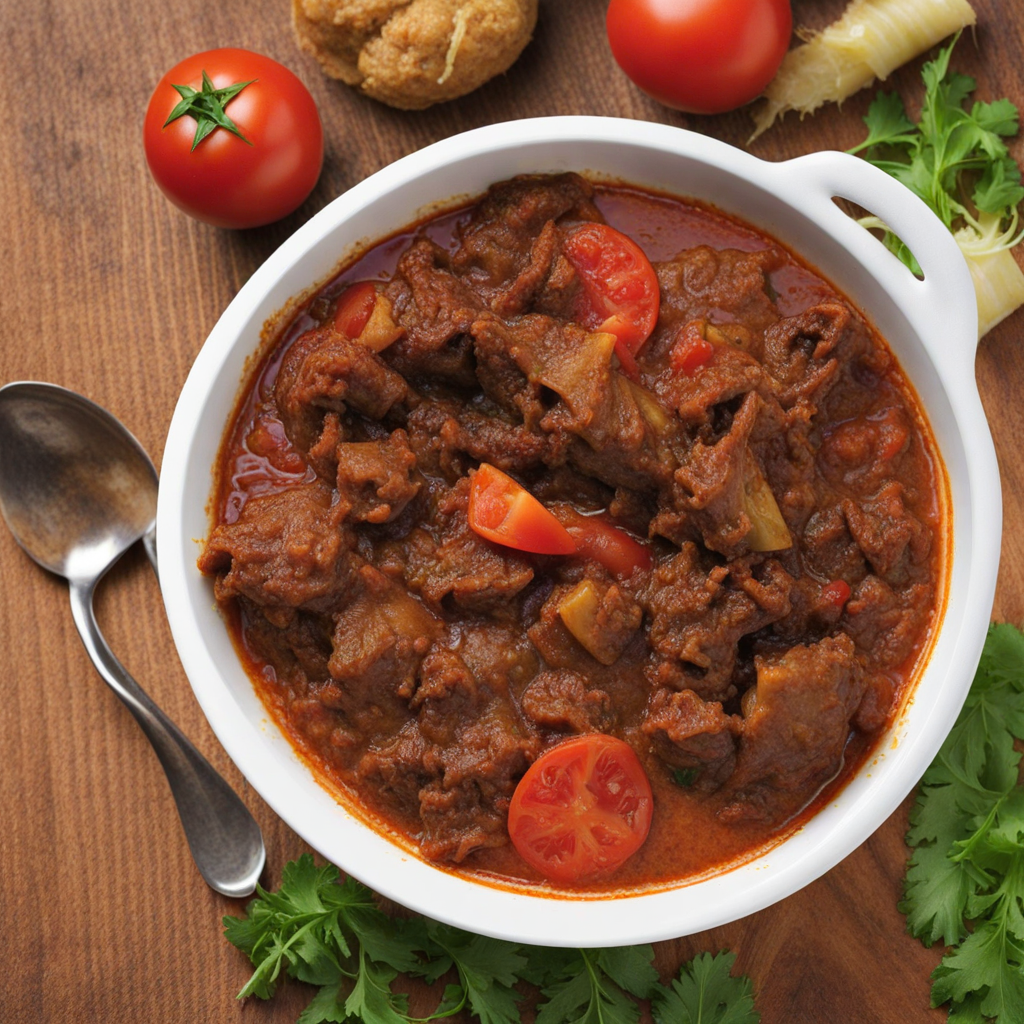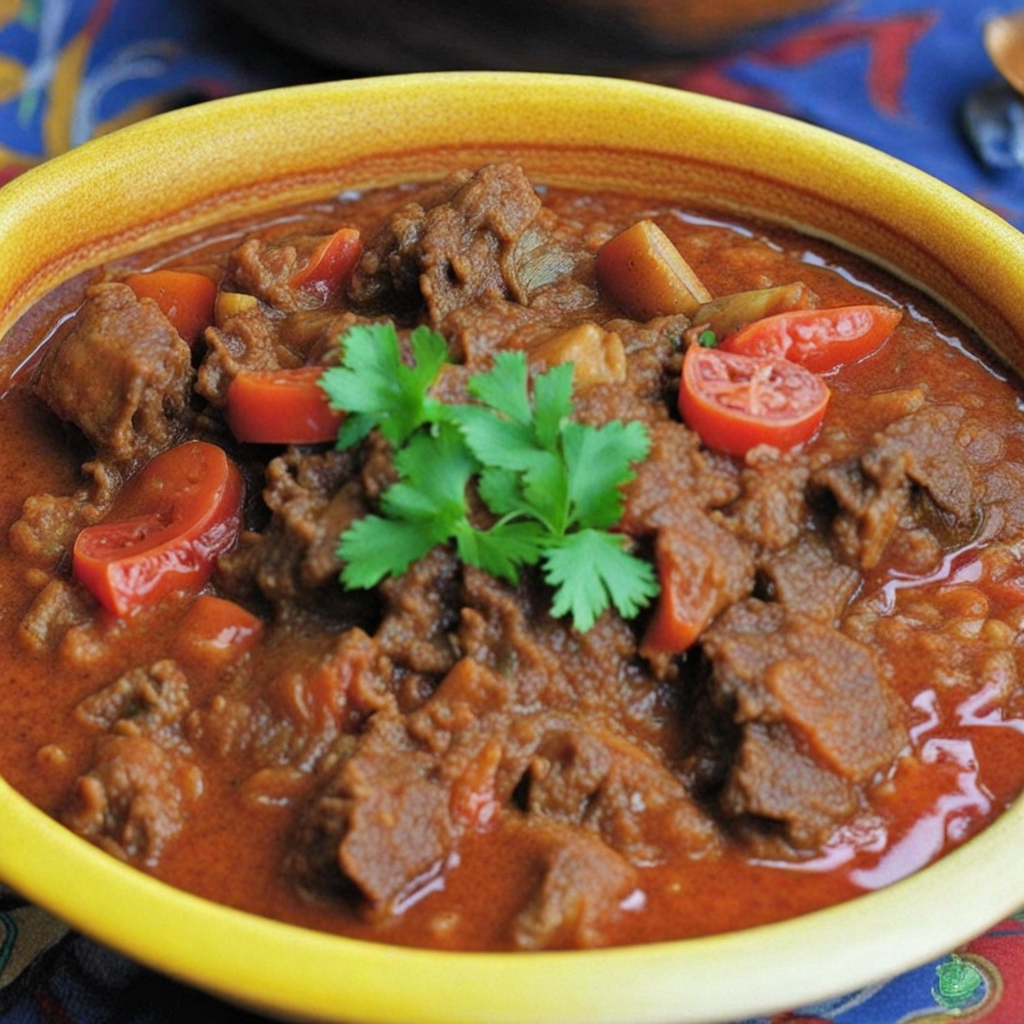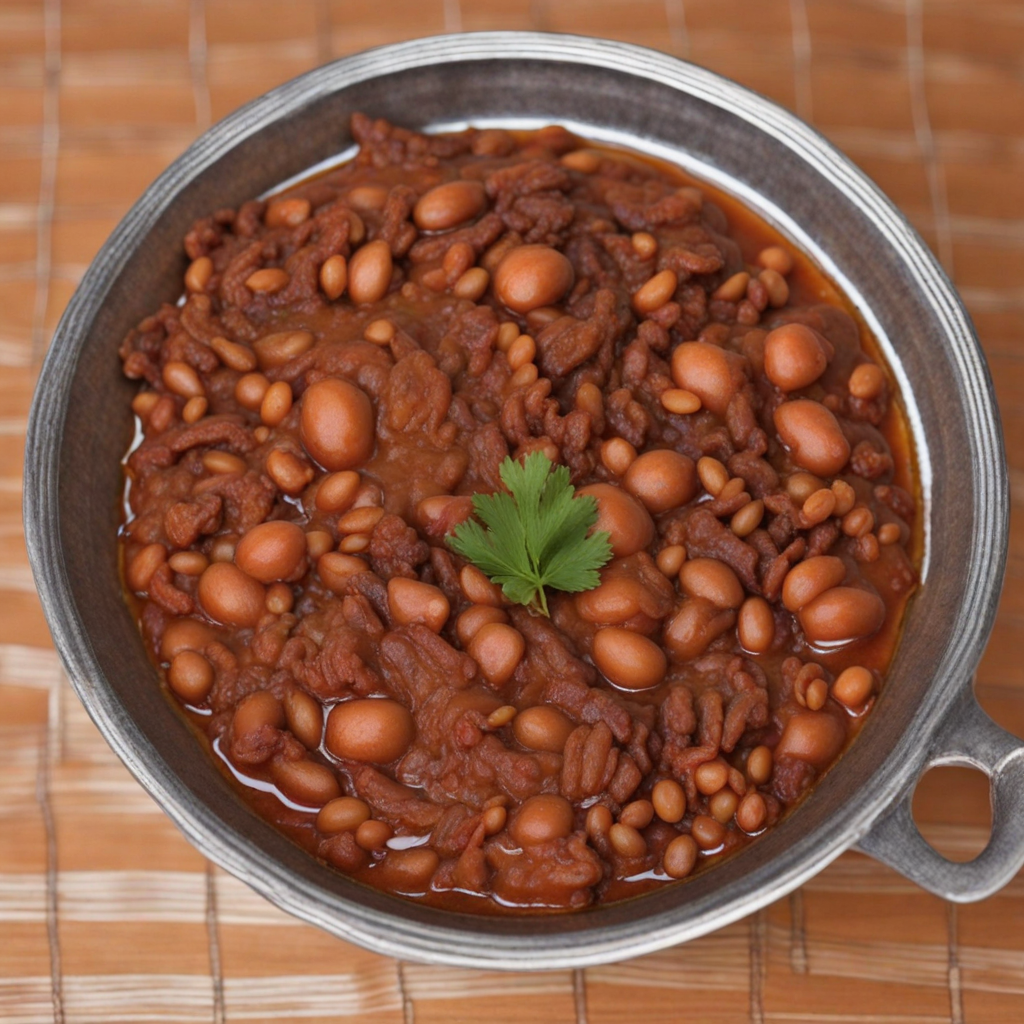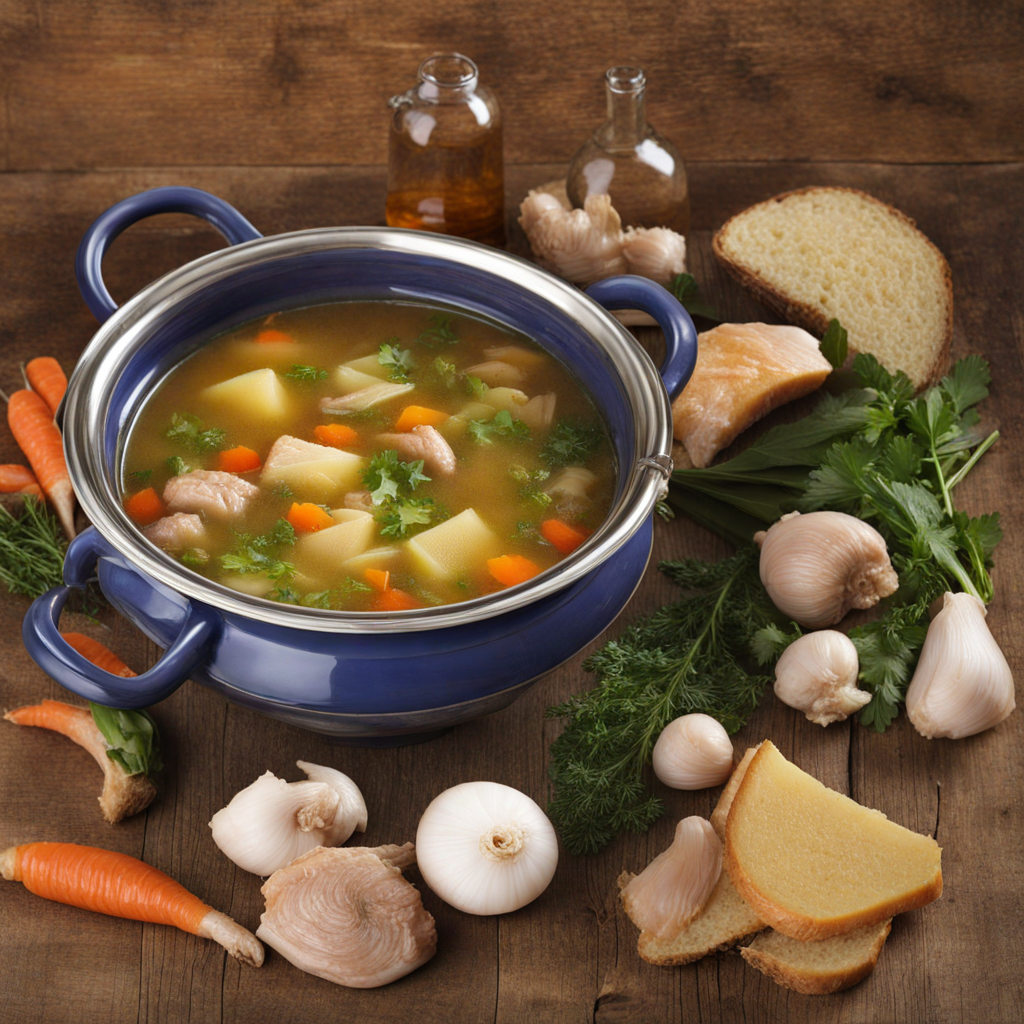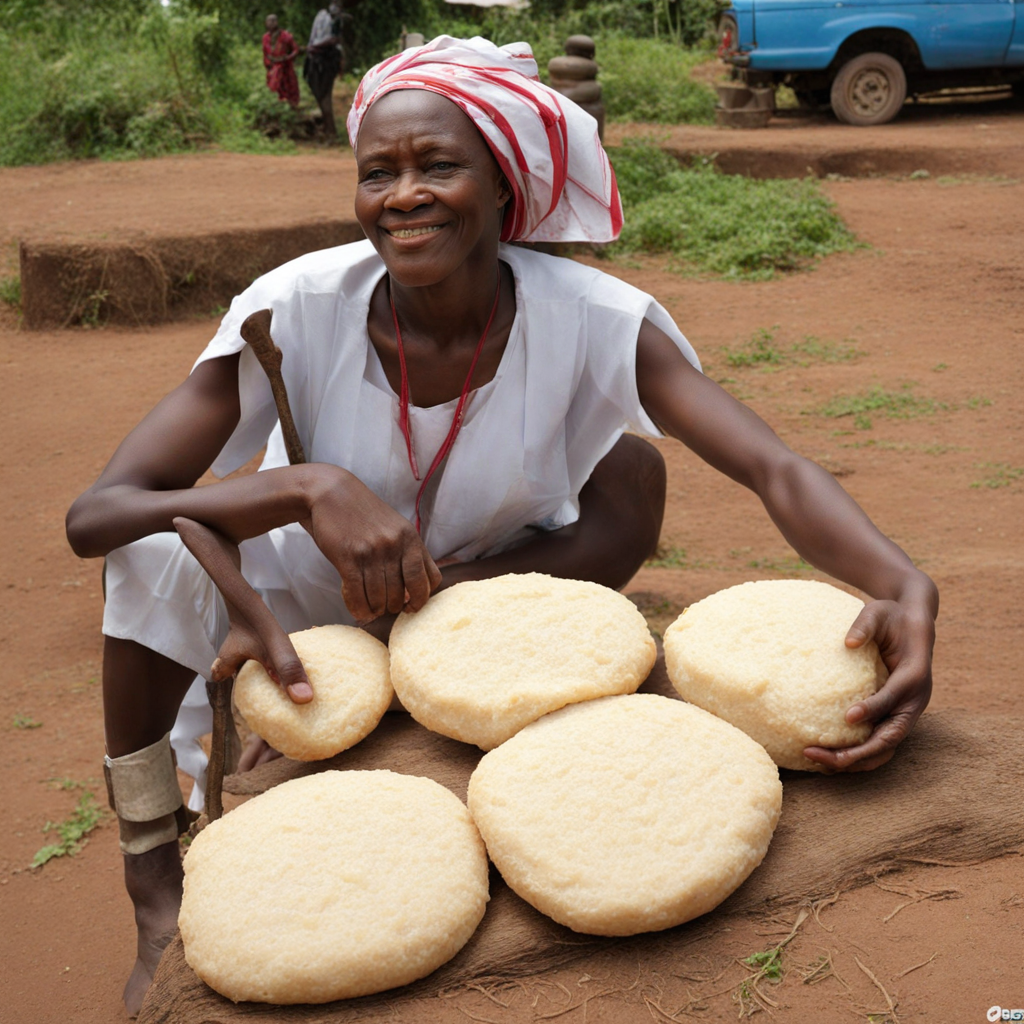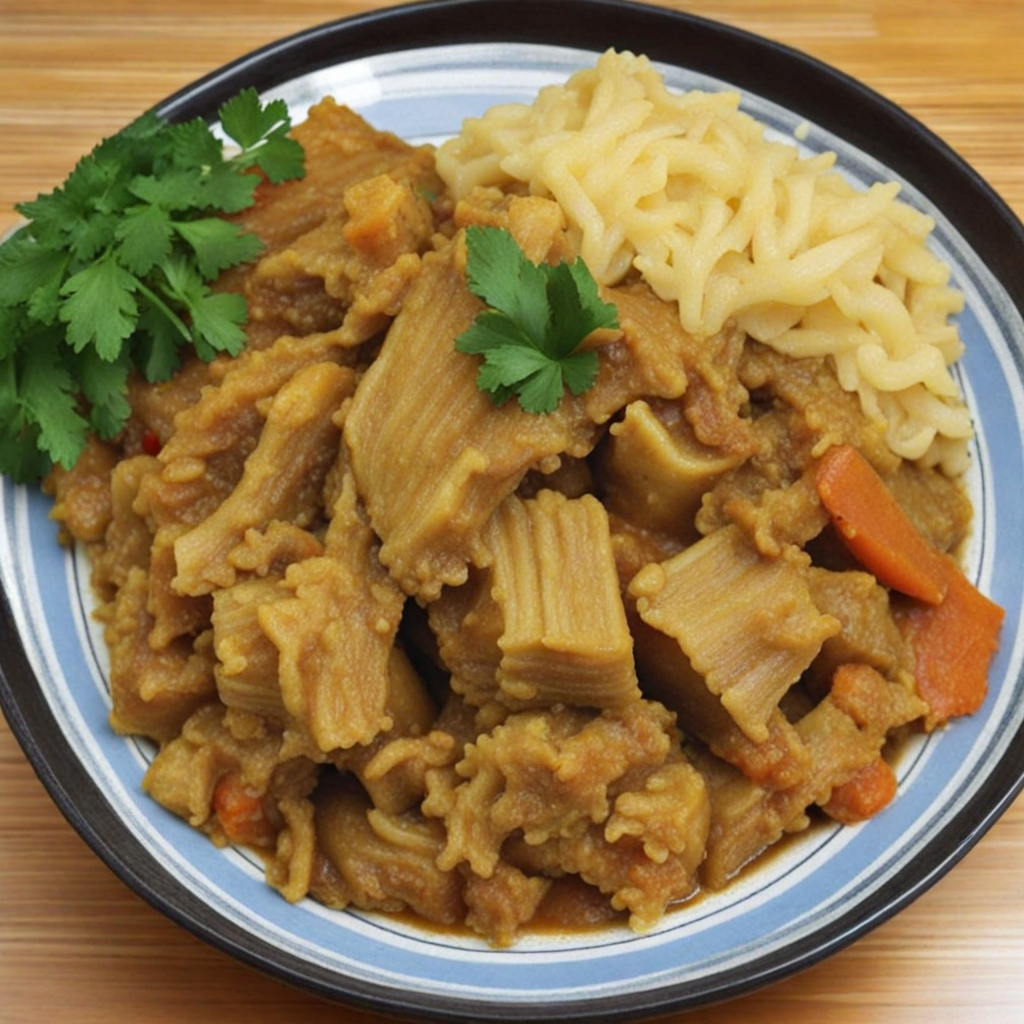Nganda Yaka
Nganda Yaka is a traditional Congolese dish that captivates the palate with its rich flavors and vibrant ingredients. At its core, Nganda Yaka features a base of cassava leaves, which are finely chopped and cooked until tender. This leafy green staple is celebrated for its slightly bitter yet earthy taste, providing a unique backdrop for the other components of the dish. It is often paired with palm oil, which adds a luxurious, nutty richness, and is seasoned with a blend of local spices that infuse the dish with warmth and depth, making each bite a delightful exploration of Congolese culinary traditions.
The dish is typically complemented with a protein source, such as fish, chicken, or beef, which is stewed or grilled to perfection. The choice of protein varies by region and personal preference, but it is usually marinated in a mix of garlic, ginger, and chili, enhancing the overall flavor profile of the meal. When served, Nganda Yaka is often accompanied by a side of staple carbohydrates like fufu or rice, allowing diners to savor the sauce and enjoy the harmony of textures.
How It Became This Dish
The Rich Tapestry of Nganda Yaka: A Culinary Jewel of the Congo Nganda Yaka, often referred to as "the food of the people," is a traditional dish from the Democratic Republic of the Congo (DRC) that embodies the region's rich culinary heritage. This dish, primarily made from cassava leaves, is a vibrant representation of the Congo’s agricultural practices, cultural significance, and historical evolution. #### Origins and Ingredients The origins of Nganda Yaka can be traced back to the Bantu-speaking peoples who migrated to the Congo Basin thousands of years ago. These early inhabitants relied heavily on agriculture, cultivating crops like cassava, maize, and various legumes, which became staples in their diet. Cassava, in particular, proved to be a crucial crop due to its resilience in the tropical climate and its adaptability to various soil types. It also provided a reliable source of carbohydrates, which was essential for sustaining communities. The key ingredient in Nganda Yaka is the leaves of the cassava plant, known locally as "saka saka." These leaves are rich in nutrients, particularly vitamins A and C, and they contain protein when prepared correctly. Traditionally, the leaves are harvested, washed, and then cooked to remove cyanogenic glucosides, which can be toxic if consumed raw. Along with cassava leaves, Nganda Yaka is often enriched with palm oil, ground nuts, and various types of meat, such as fish, chicken, or goat, which contributes to its rich flavor and nutritional value. #### Cultural Significance Nganda Yaka is more than just a meal; it serves as a symbol of community and hospitality within Congolese culture. The preparation and consumption of this dish often involve family gatherings, community celebrations, and significant life events, such as weddings or religious ceremonies. In many Congolese households, sharing Nganda Yaka signifies unity and the sharing of resources, reflecting the communal nature of society where food is often seen as a bridge connecting people. In addition to its role in social gatherings, Nganda Yaka also holds spiritual significance. In many communities, food is considered a gift from the ancestors and the earth. Preparing and sharing this dish is often accompanied by prayers and blessings, invoking the spirits of the land and ancestors for protection and prosperity. The act of cooking together fosters bonds between generations, as elders pass down traditional recipes and cooking techniques to the younger ones. #### Development Over Time The evolution of Nganda Yaka can be linked to various historical and socio-economic changes in the DRC. The colonial period had a profound impact on Congolese agriculture and cuisine. During this time, the introduction of new crops and agricultural techniques altered traditional practices. However, despite colonial influences, the Congolese people maintained their culinary traditions, often adapting them to incorporate new ingredients. Post-independence, the DRC faced numerous challenges, including political instability and economic hardship. These circumstances led to a greater reliance on local ingredients and traditional cooking methods as a means of survival. Nganda Yaka became a symbol of resilience, showcasing the ability of the Congolese people to preserve their culinary identity amidst adversity. As urbanization has increased in the DRC, the way Nganda Yaka is prepared and consumed has also evolved. In urban areas, the dish is sometimes modified to accommodate modern lifestyles, with quicker cooking methods and the use of alternative ingredients. However, the essence of Nganda Yaka remains intact, as many urban dwellers still seek to connect with their roots through traditional dishes. #### Global Recognition and Contemporary Adaptations In recent years, there has been a growing interest in African cuisine on the global stage, and Nganda Yaka is no exception. As the diaspora flourishes, Congolese communities around the world are eager to share their culinary traditions. Restaurants and food festivals featuring Nganda Yaka have sprung up in cities across Europe, North America, and beyond, allowing a broader audience to experience this dish. Contemporary chefs are also experimenting with Nganda Yaka, infusing it with modern culinary techniques while respecting its traditional roots. For instance, fusion variations may include combining cassava leaves with other global ingredients, creating new flavor profiles while still honoring the dish's heritage. Such adaptations highlight the dynamism of Nganda Yaka, illustrating how traditional foods can evolve while remaining a vehicle for cultural expression. #### Conclusion Nganda Yaka is more than just a dish; it is a narrative woven into the social, cultural, and historical fabric of the Congolese people. From its humble origins rooted in the fertile lands of the Congo Basin to its contemporary iterations seen in global cuisine, Nganda Yaka tells the story of resilience, community, and cultural pride. As it continues to be shared across generations and borders, this dish remains a testament to the enduring spirit of the Congolese people and their rich culinary heritage. Whether served at a family gathering or a bustling restaurant halfway across the globe, Nganda Yaka retains its significance as a symbol of unity and a celebration of life.
You may like
Discover local flavors from Congo


